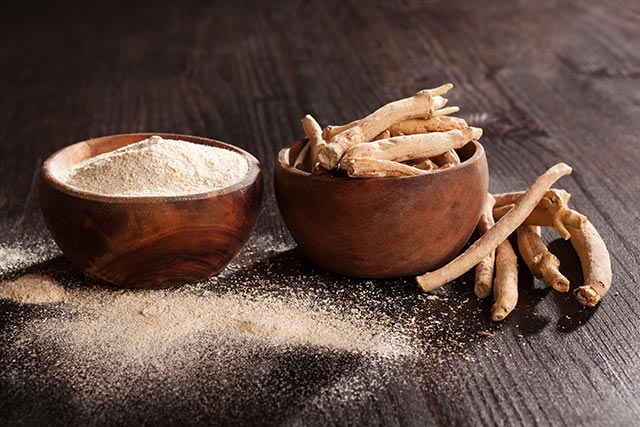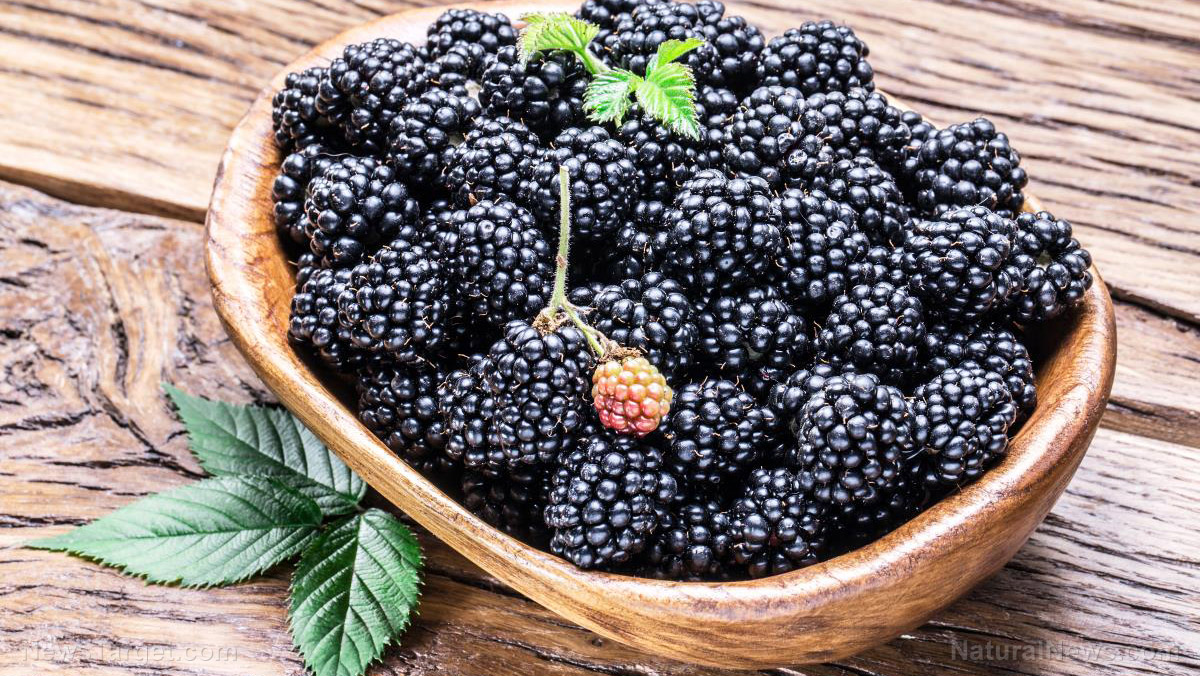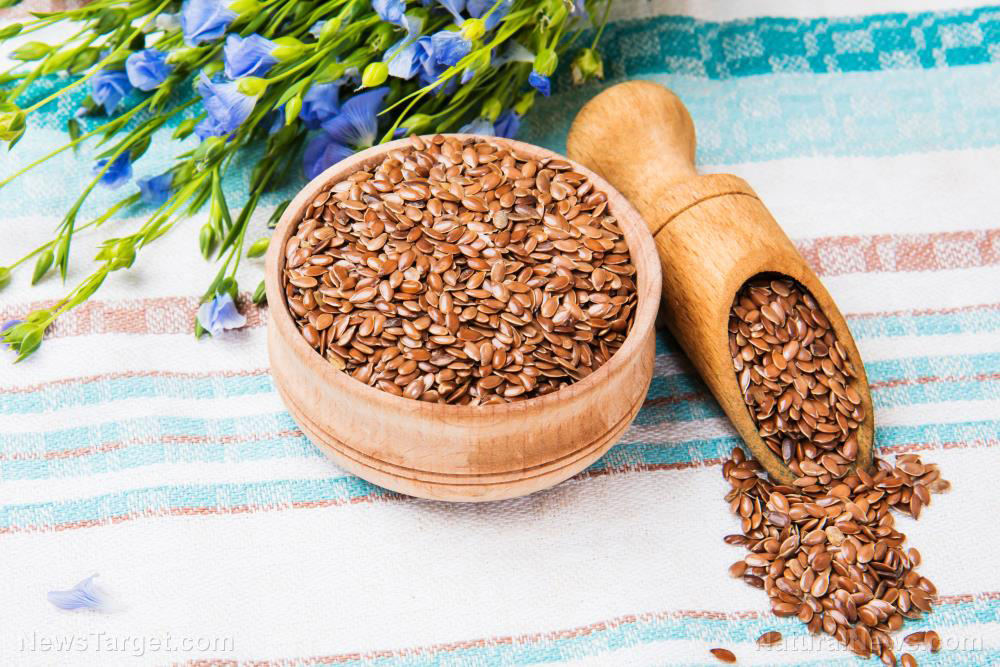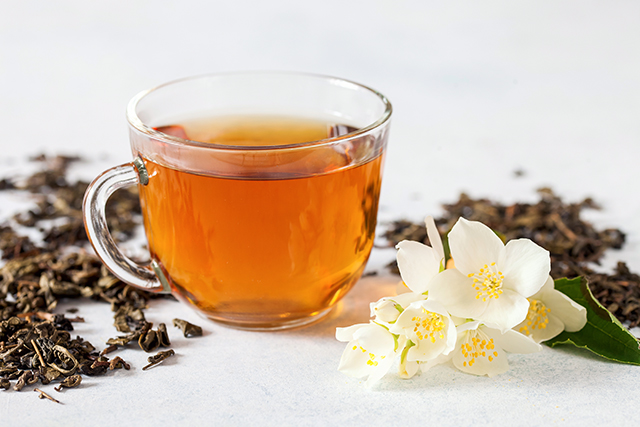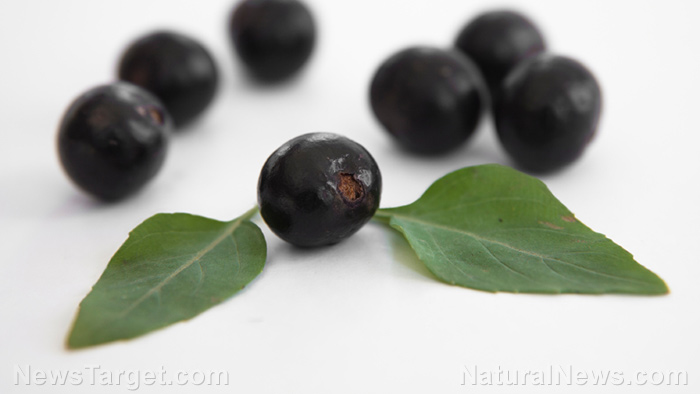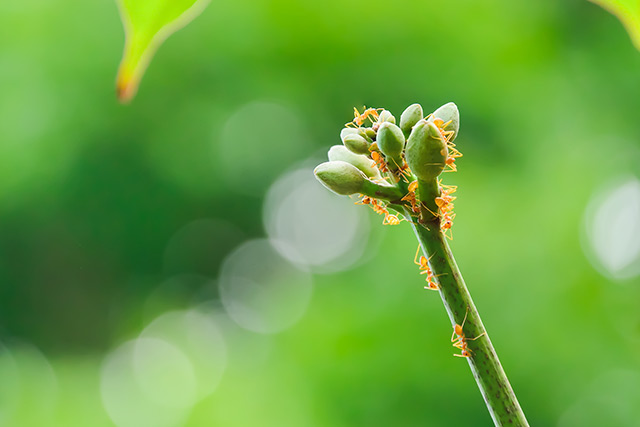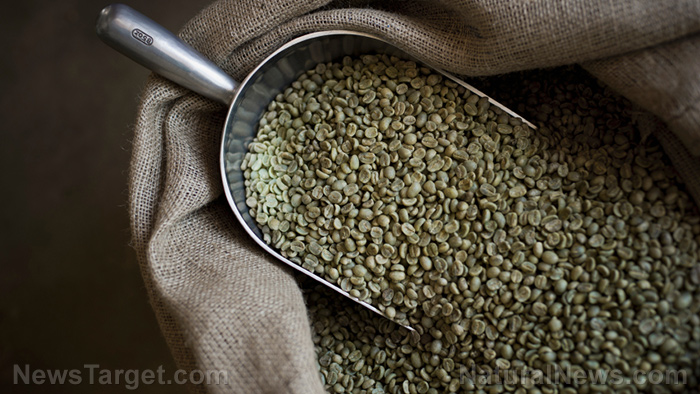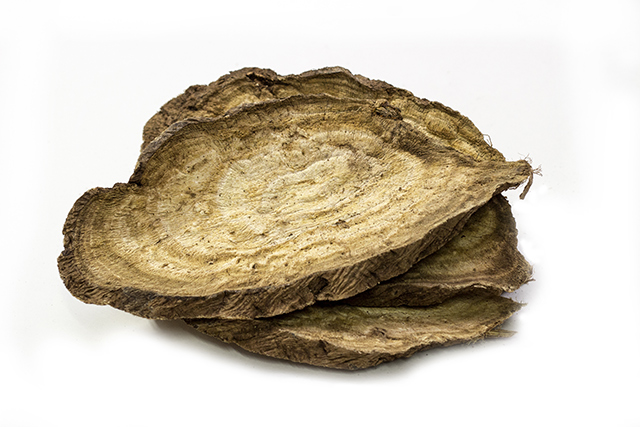Small, lilac, and lovely, the devil’s-bit is a potent natural antioxidant
11/13/2018 / By Edsel Cook
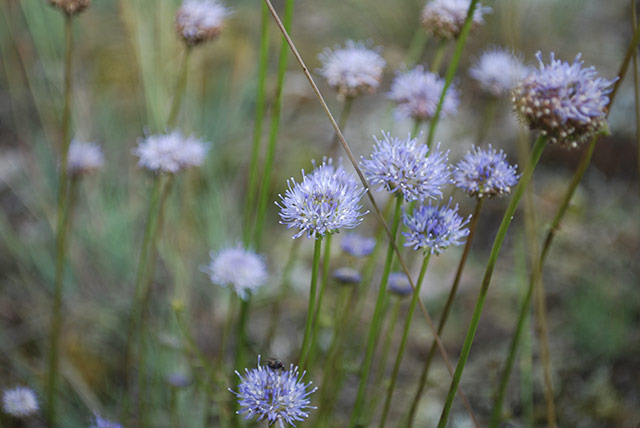
A tiny flowering plant with a devilish name and a great reputation in Irish folk medicine turns out to have a cornucopia of natural antioxidants and essential oils with potent antimicrobial activity. Polish researchers reported that the devil’s-bit (Succisa pratensis) appears to live up to its traditional use as a natural remedy for infections.
The plant received its common name from the folktale where the Devil bit its roots in an attempt to kill the plant, thereby preventing humans from using it for their benefits. This supposedly accounts for the way its vertical rootstock decays from the tip.
Its lilac flowers bloom very late in the summer. Their rich nectar provides pollinators like bees, butterflies, flower flies, and beetles with enough stored nutrients to last out the winter.
Humans use various parts of the plant to make dyes, seasonings, teas, and medicines. Some of the diseases that it is reported to alleviate include eczema, fever, scabies, syphilis, and weeping wounds.
Devil’s-bit was even used to treat victims of the bubonic plague. During the 14th century pandemic known as the Black Death, remedies made from the plant were applied to the sores of victims.
Testing the essential oils and herbal extracts of devil’s-bit
Researchers from the Poznan University of Medical Sciences (PUMS) became interested in the bioactive compounds present in this medicinal herbs. They believed that devil’s-bit might contain potent antioxidants and antimicrobials. The plant could potentially be tapped to treat drug-resistant pathogenic microorganisms and reactive oxygen species.
To this end, the flowers and leaves of devil’s-bit were collected. The raw materials were processed separately to get the essential oils unique to each part. Methanol and water extracts were taken from other samples of the flowers and leaves.
The make-up of the two essential oils was analyzed. The total phenolic content, flavonoid content, and phenolic acid content in the oils and the extracts were also determined.
Both the essential oils and extracts were tested for in vitro antimicrobial effectiveness versus gram-positive bacteria, gram-negative bacteria, and pathogenic fungi. Finally, their antioxidant activity was measured by the amount of DPPH free radicals that they could scavenge. (Related: Several different essential oils scientifically confirmed to combat fungal infections.)
The healing power of natural compounds in the leaves and flowers
The essential oil from the leaves of the devil’s bit contained more phytochemicals (86) than its counterpart from the flower (50). Large amounts of heptacosane were found in both oils; it made up 5.53 percent of the leaf oil and 5.5 percent of the flower oil.
In the antimicrobial tests, the essential oils performed much better than the extracts. The oils exhibited high effectiveness against Pseudomonas aeruginosa, a bacteria responsible for many acute and chronic infections, and Staphylococcus aureus, which causes skin and respiratory ailments.
The essential oils were also able to inhibit the growth of two harmful fungi: Trichophyton mentagrophytes, a common cause of ringworm, and Candida albicans, which causes candidiasis.
The methanol and aqueous extracts were limited to exerting weak or moderate effects on the pathogenic microorganisms. However, they were able to scavenge plenty of free radicals. The most effective antioxidant was the methanol extract taken from the leaves.
The higher the amount of phenolics in the essential oil or extract, the greater its effect on bacteria. However, there was no such correlation between the total phenolic content and the antioxidant activity.
The PUMS researchers concluded their experiment by saying that the essential oils of devil’s bits are potent antibacterials while the plant’s methanol extract performed equally well as an antioxidant.
Would you like to know more about other essential oils with the same antimicrobial benefits as devil’s-bit? EssentialOils.news can tell you all about them.
Sources include:
Tagged Under: antimicrobials, antioxidant potential, antioxidants, Devil's-bit, essential oils, herbal extracts, herbal medicines, herbal remedies, medicinal herbs, natural antimicrobials, natural cures, natural remedies


